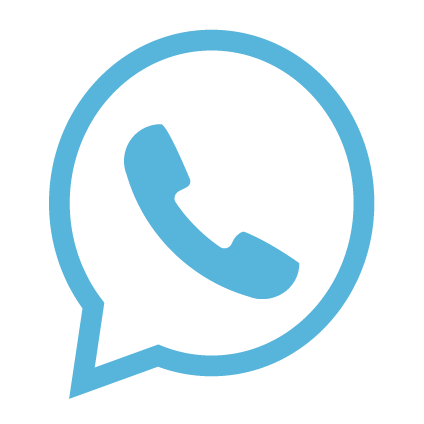
Heart attack, CPR simulator manufacturer teaches you ten steps of first aid resuscitation
Article tag: Cardiopulmonary resuscitation simulator CPR model
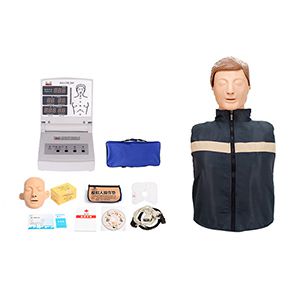
In the event of cardiac and respiratory arrest, the tolerance limit of brain cells to hypoxia at room temperature is usually 4 minutes. If more than 10 minutes, the brain cells will undergo irreversible necrosis and cannot be recovered. Even within a robust first aid network community, it is difficult for first responders to ensure that they arrive within 4 minutes of each report. Before the doctor arrives, it is very important that the "first witness" can properly rescue.
...
In the event of cardiac and respiratory arrest, the tolerance limit of brain cells to hypoxia at room temperature is usually 4 minutes. If more than 10 minutes, the brain cells will undergo irreversible necrosis and cannot be recovered. Even within a robust first aid network community, it is difficult for first responders to ensure that they arrive within 4 minutes of each report. Before the doctor arrives, it is very important that the "first witness" can properly rescue.
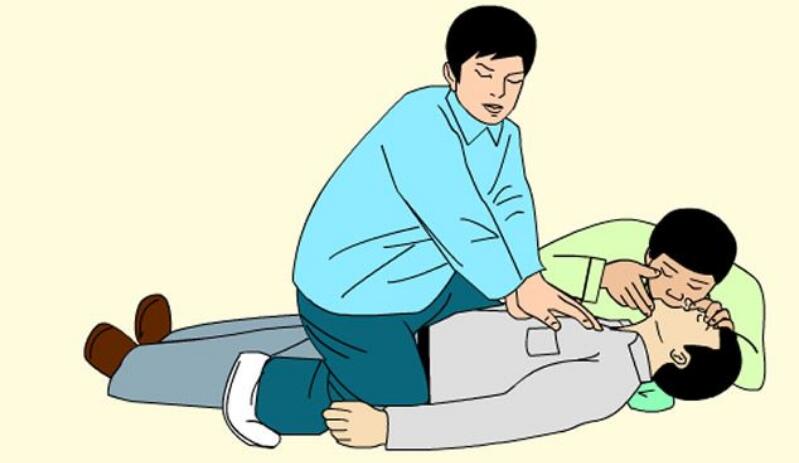
To sum up, on-site first aid resuscitation can be roughly divided into ten steps. The following CPR simulator manufacturers will share with you in detail, hoping to help everyone.
Step 1: Once you find a patient with cardiac arrest or respiratory arrest, you should immediately dial 120, pat the patient on the shoulder at the same time, call the patient while patting, and ask loudly, "Hey, what's the matter with you?". If you know it, you can directly call the patient's name.
Step 2: Make sure that the patient is not conscious. To perform emergency resuscitation, you should immediately call the people around to assist in the rescue. The cooperation and help of the people around you are very important.
Step 3: Put the patient in the resuscitation position, that is, immediately lay the patient on the ground, keep the airway open, and turn the patient's head to one side.
Step 4: Untie the patient's belt and belt, which is beneficial for relaxation and facilitates the implementation of first aid measures after the arrival of the emergency personnel.
Step 5: Remove the blockage in the mouth and nose, hold the patient's jaw with one hand, and remove it with the other hand; when removing the foreign body by hand, be careful not to bite the patient's hand.
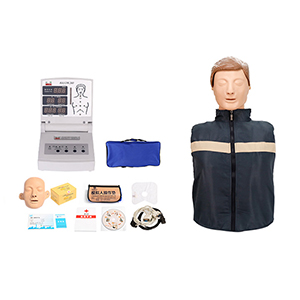
Step 6: Raise the patient's jaw to keep the airway open.
Step 7: Observe whether the patient is breathing, and breathing can be done by observing whether the chest and abdomen are regularly rising and falling.
Step 8: Pinch the patient's nose and perform artificial respiration.
Step 9: Touch the carotid artery and observe whether the patient has a heartbeat. Usually, the carotid artery should be palpated and the position of the carotid artery should be pinpointed. The fingertips of the index and middle fingers should touch the middle part of the trachea and slide 2 to 3 cm laterally, inside the sternocleidomastoid muscle. When the patient is found to have no pulse and no breathing, two important things are done - mouth-to-mouth rescue respiration and chest compressions.
Step 10: Pay attention to accurate positioning and moderate force when performing chest compressions. The base of the palm of the left hand is placed at the middle and lower 1/3 of the sternum, the base of the right palm is overlapped on the back of the left hand, the fingers are lifted up and separated from the chest wall, the elbow joints are straight, the shoulders are in the upper middle of the patient's sternum, and the shoulders and hands are kept vertical and forceful. Press down (note that the wrong part, or the wrong angle of pressing the hand, or too much force, will cause a fracture). The depth of the compressions is 4 to 5 cm, the frequency of the compressions is 100 times per minute, and the compression and relaxation times are roughly equal. Chest compressions and artificial respiration were performed simultaneously in a ratio of 30:2.
If you have more questions about CPR, you can call us, we will provide you with the best quality service and look forward to your call.

Marketing Center
Hong Kong, ChinaProduction Base
Shanghai, ChinaProducts
Contact Us
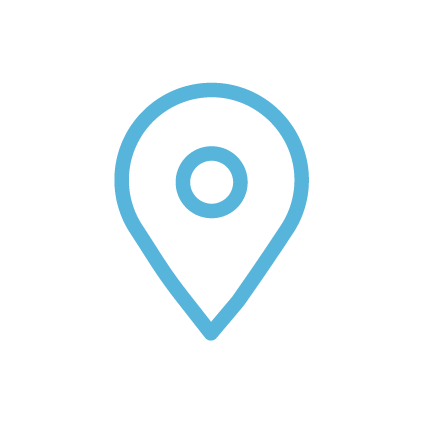 Address: Hong Kong, China
Address: Hong Kong, China
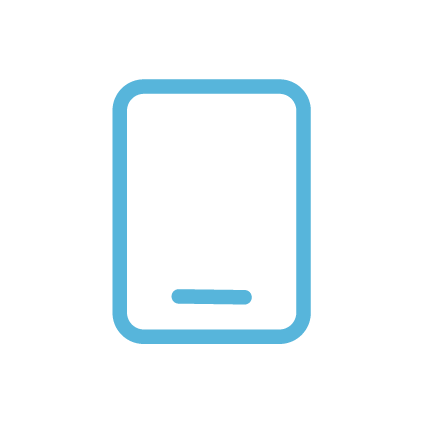 Phone:+86 19937901373
Phone:+86 19937901373
 Email:sophia@adahealthy.com
Email:sophia@adahealthy.com
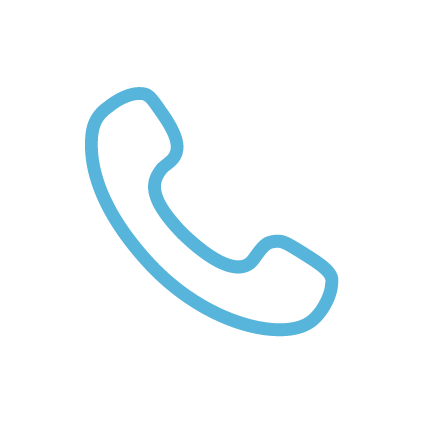 Mobile:+86-0379-65160607
Mobile:+86-0379-65160607

